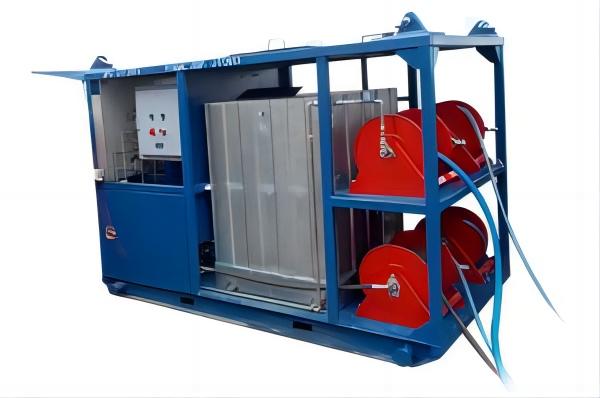We use cookies to personalise site content, social media features and to analyse our traffic. We also share information about your use of this site with our advertising and social media partners.
Posted by - qian liu -
on - October 15, 2023 -
Filed in - Other -
Wellhead Pressure Test Skids -
1.5K Views - 45 Comments - 0 Likes - 0 Reviews

Wellhead pressure testing is a critical component of the oil and gas industry, ensuring the integrity and safety of wellhead equipment. In recent years, there has been a shift in the market towards mobile wellhead pressure test skids, which offer flexibility and portability. This article explores the advantages and disadvantages of mobile and stationary wellhead pressure test skids, helping industries make informed decisions when selecting the right equipment for their needs.
Mobile wellhead pressure test skids are designed to be transported to various wellhead sites. They offer several distinct advantages:
However, mobile wellhead pressure test skids also come with some considerations:
Stationary wellhead pressure test skids are permanently installed at a single location, typically near a cluster of wellheads. They offer their own set of benefits:
Nevertheless, there are some limitations to consider with stationary wellhead pressure test skids:

Choosing between mobile and stationary wellhead pressure test skids depends on the specific needs of each operation. Consider the following factors:
The choice between mobile and stationary wellhead pressure test skids is a pivotal decision in oil and gas operations. By carefully evaluating your operational needs, budget constraints, and environmental considerations, you can make an informed decision that optimizes testing efficiency, safety, and sustainability for your wellhead equipment. Whether you opt for the flexibility of mobile units or the stability of stationary ones, the right choice will ensure the integrity and safety of your wellheads.

“To assist disaster survivors by providing a source for them to come together in time of need, to aid in the listing of events, information and other forms of assistance, and continuing support through the recovery process.”
Share this page with your family and friends.